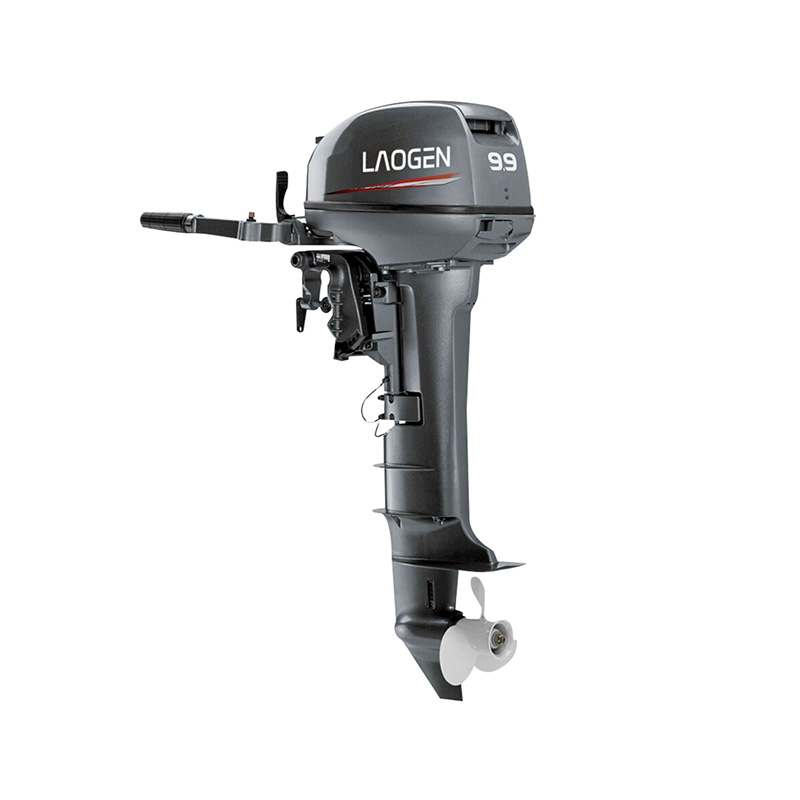From Fishing to Racing: The Right Propeller for Every Type of Boat
Supply Outboard Engine Propellers in China
Outboard engine propellers play a crucial role in the performance of boats. They are an essential component that directly impacts how a boat moves through the water.
Outboard engine propellers are made using a variety of materials. For example, aluminum alloy is commonly used in the construction of outboard engine propellers. Aluminum alloy propellers are relatively lightweight, which is beneficial for many boats. A small fishing boat with an outboard engine might use an aluminum alloy propeller. This allows the boat to be more easily maneuvered, especially when the fisherman needs to quickly change directions to follow a school of fish.
Stainless steel is another material used for outboard engine propellers. Stainless steel propellers are known for their durability. Consider a larger speedboat used for water sports. The forces exerted on the propeller during high-speed maneuvers are significant. A stainless-steel outboard engine propeller can withstand these forces better than some other materials. It can endure constant thrust and torque without getting damaged easily, ensuring the long-term performance of the outboard engine.
Bronze is also utilized in making outboard engine propellers. Bronze propellers have their own unique properties. In some cases, a classic wooden boat might be fitted with a bronze outboard engine propeller. The bronze gives a certain aesthetic appeal while also providing reliable performance. The material is resistant to corrosion in saltwater environments, which is important for boats that are often used in the ocean.
Composite materials are emerging as an option for outboard engine propellers as well. These materials can offer a combination of properties such as lightweight and strength. A modern, high-tech small cruiser might use a composite outboard engine propeller. The composite can be engineered to have specific characteristics that suit the boat's design and intended use.
The diversity in the design of outboard engine propellers is also remarkable. There are different propeller designs to adapt to various boat types, speeds, and purposes. For instance, a propeller designed for a slow-moving pontoon boat used for family outings will be different from a propeller for a high-performance racing boat. The pontoon boat propeller is likely to be designed to provide a smooth and stable movement at lower speeds. It might have a larger diameter and fewer blades to ensure efficient operation at the relatively slow cruising speed of the pontoon boat.
On the other hand, a high-performance racing boat requires an outboard engine propeller that can deliver enhancing thrust at high speeds. This type of propeller might have a smaller diameter but more blades, which are carefully shaped to cut through the water with minimal resistance at high velocities.
Another example is a workboat used in a harbor. The outboard engine propeller for this type of boat needs to be able to handle heavy loads and frequent starts and stops. The propeller design for such a workboat will be focused on providing strong initial thrust and reliable operation in a busy, often-congested harbor environment.
Outboard engine propellers also need to be considered concerning the power of the outboard engine itself. A more powerful outboard engine may require a different type of propeller compared to a less powerful one. For example, if a boat is upgraded from a small-horsepower outboard engine to a larger-horsepower one, the propeller may need to be changed to match the increased power output.
In conclusion, outboard engine propellers are a complex and important aspect of boating. Their choice of materials and diverse designs are all factors that contribute to the overall performance and functionality of a boat. Whether it is for a small pleasure craft or a large, specialized vessel, the right outboard engine propeller can make a significant difference in how the boat operates.


 English
English русский
русский











